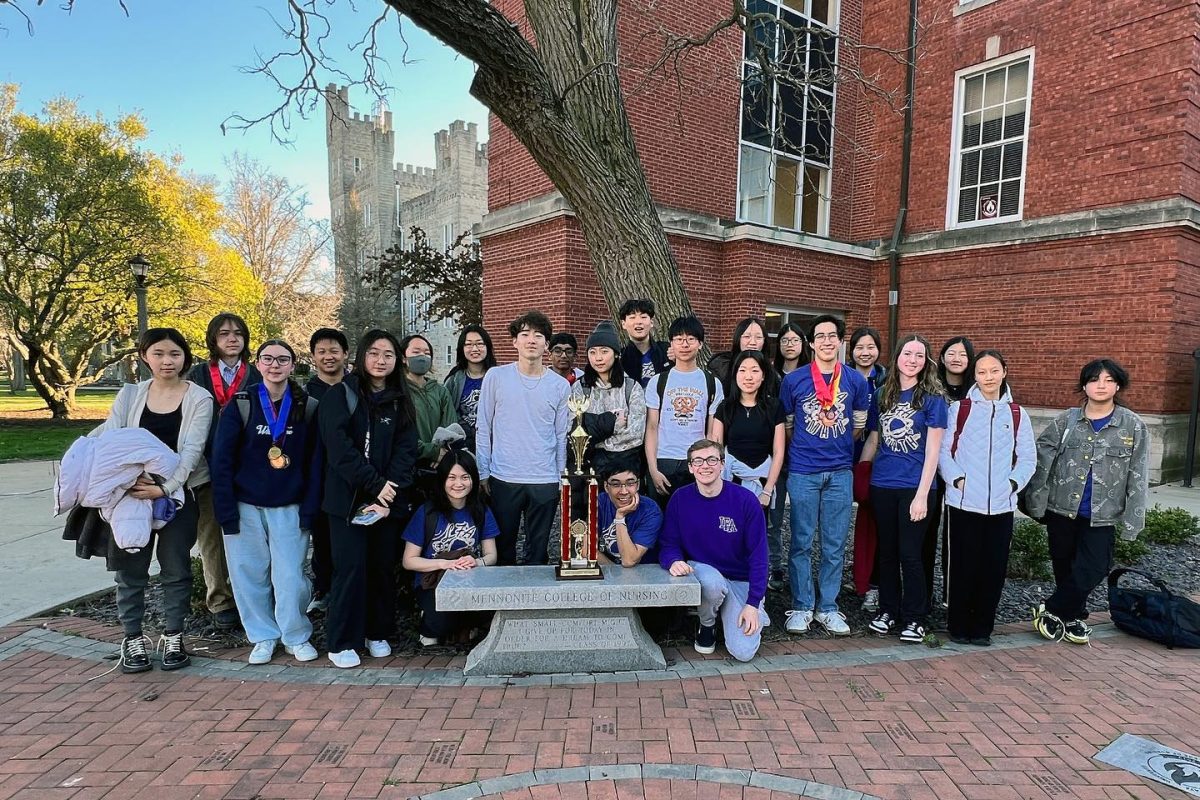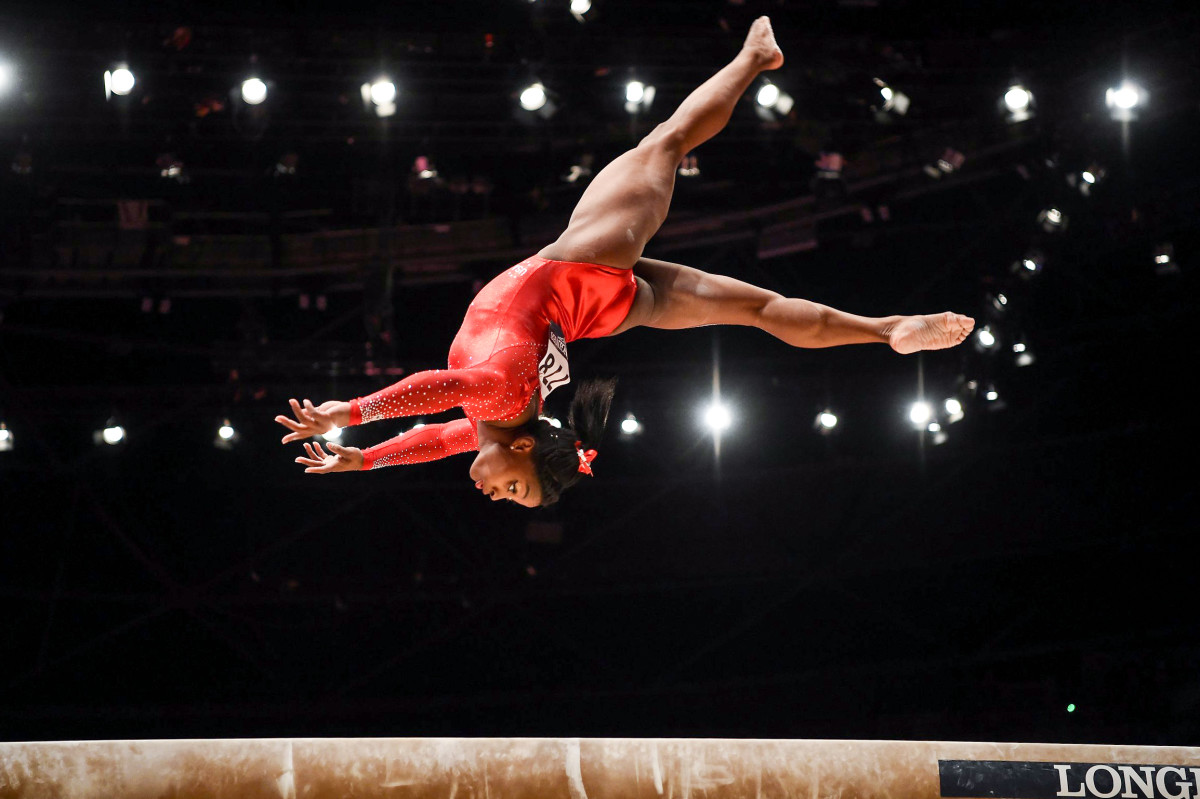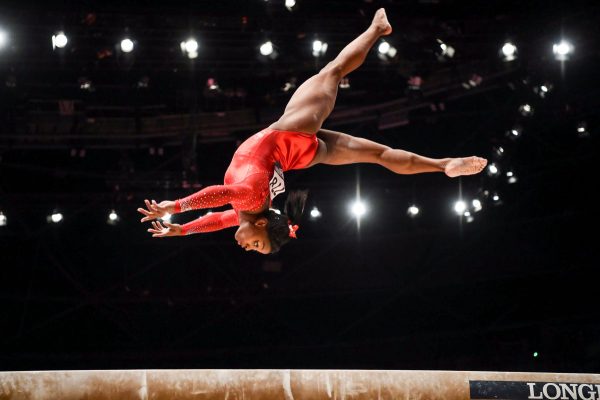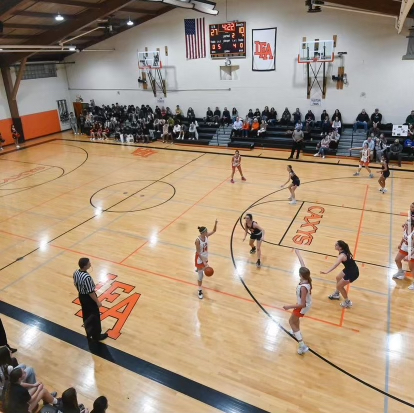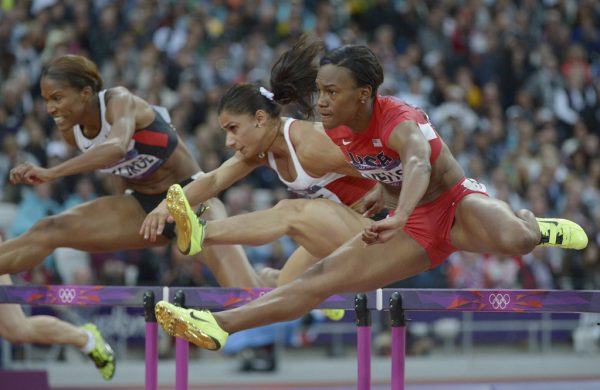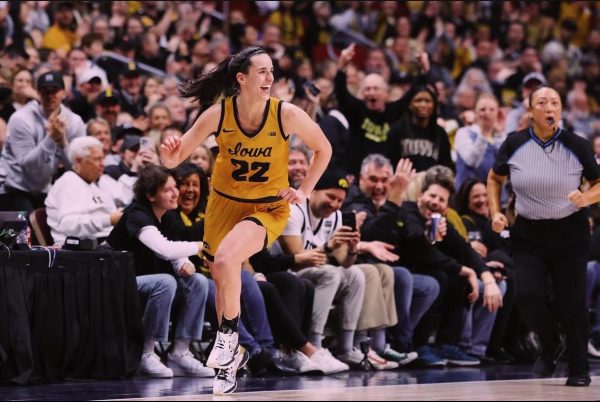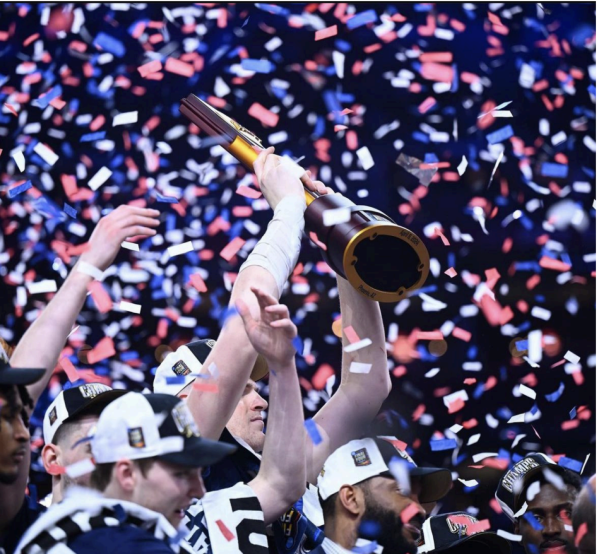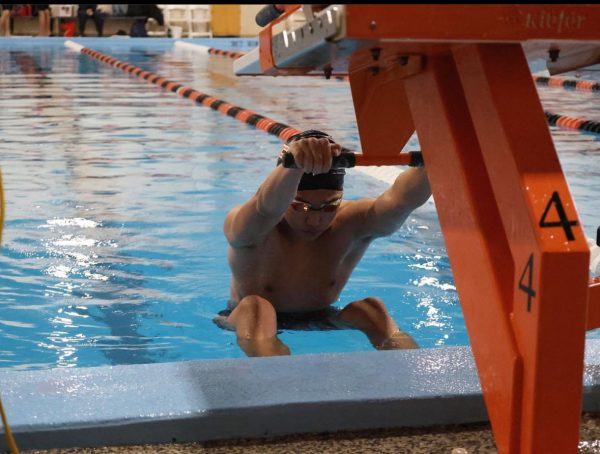LFA Winter Sports return, but see major changes due to COVID-19 Restrictions
Photo by IHSA
A graph by the IHSA detailing the risk level, adjusted seasons, start and end dates, and other details for several different high school sports.
February 18, 2021
With COVID-19 continuing to be a threat across the country, sports are one of the many things that have yet to go back to normal. The winter sports season normally starts in mid-November and continues into February, however that is not the case this year. As LFA has had e-learning since Thanksgiving break, winter sports are just starting.
It was recently announced that winter sports will be able to continue; since we have reached Illinois Phase 4, there can be competitions within Covid regions. A majority of the winter sports including hockey, basketball, and squash are at the high-risk level; there must be protocols made in order for them to continue. The Illinois High School Association has given a schedule as to when the winter sports are allowed to start as well the schedule for the rest of the sports in spring and summer. However, the past few months have been very tough for athletes and coaches.
At LFA, Athletic Director, Darrin Madeley, is determined to continue sports in one way or another no matter what protocols must be put in place. He states “the students desperately need it and the coaches as well.” In more ways than one, the delay of these seasons affected athletes. Angie Cotton ‘22, a member of the Girls Varsity Hockey team, mentioned how the team “feels a bit disconnected since we haven’t really had the chance to meet in person yet.” For many of the teams, this has impacted the flow of the season as team bonds can affect how athletes play.
One of the biggest issues that athletes faced over e-learning is that it is much harder to stay active. Madeley mentioned how “e-learning, while effective, is not healthy and I am very worried about our students.” When students are staring at a computer for 7 hours a day, it has a huge effect on the physical and mental health of all. In the past few months, many athletes have been at a loss of getting that extra physical activity. On top of that, when on-campus students have to walk from class to class, which at least gives some physical activity each day; e-learning has taken that ability away. Hopefully with the season starting up, athletes will be able to get back into a routine and continue their physical activity.
However, the girls’ hockey team did the most they can during the e-learning period. Cotton mentioned how the girls’ hockey team has had workouts via zoom after school, and, although optional, they have been a great way to start the connection between players.
Last year, during the e-learning period, there was a fitness requirement in order to keep students active throughout the year. However, this year that system has not been implemented. Madeley said how “this year when we left after thanksgiving I felt that the students needed a break so we kept it light. After New Years’ we wanted a week to allow the students to come back to class and then I sent the workout that Coach Eric designed.” As it was a shorter period of time, the fitness requirement was not mandatory, but it was still stressed that physical activity was very important.
Athletes have also been staying active at home as well to try to keep their physical health up to standards. Darius Duff ‘22, a member of the Varsity Boys’ Basketball team, said “whether that’s doing in-home strength workouts, going on daily runs, or going to the gym to put up jump shots so I don’t lose my mechanics.” This has kept his physical activity up, which is critical if sports were suddenly allowed to continue.
Even with sports that are more difficult to practice at home, there are still ways to stay active. Cotton mentioned how “[going] rollerblading and going ice skating” is a great substitute when trying to keep hockey skills up. Cotton herself has been doing stickhandling drills and some lifting to keep her physical activity up as well as to keep improving her game.
Many winter athletes are doing their best to stay active and are thrilled that their season can continue. Currently, there are many regulations in each sport that are expected to be followed at all times. Some of the protocols include masks must be worn at all times in Crown including during practice and the locker rooms, no food can be eaten inside Crown, and only 10 people in the fitness gym at a time. If these protocols are followed, it is hopeful that the season will be able to continue.





